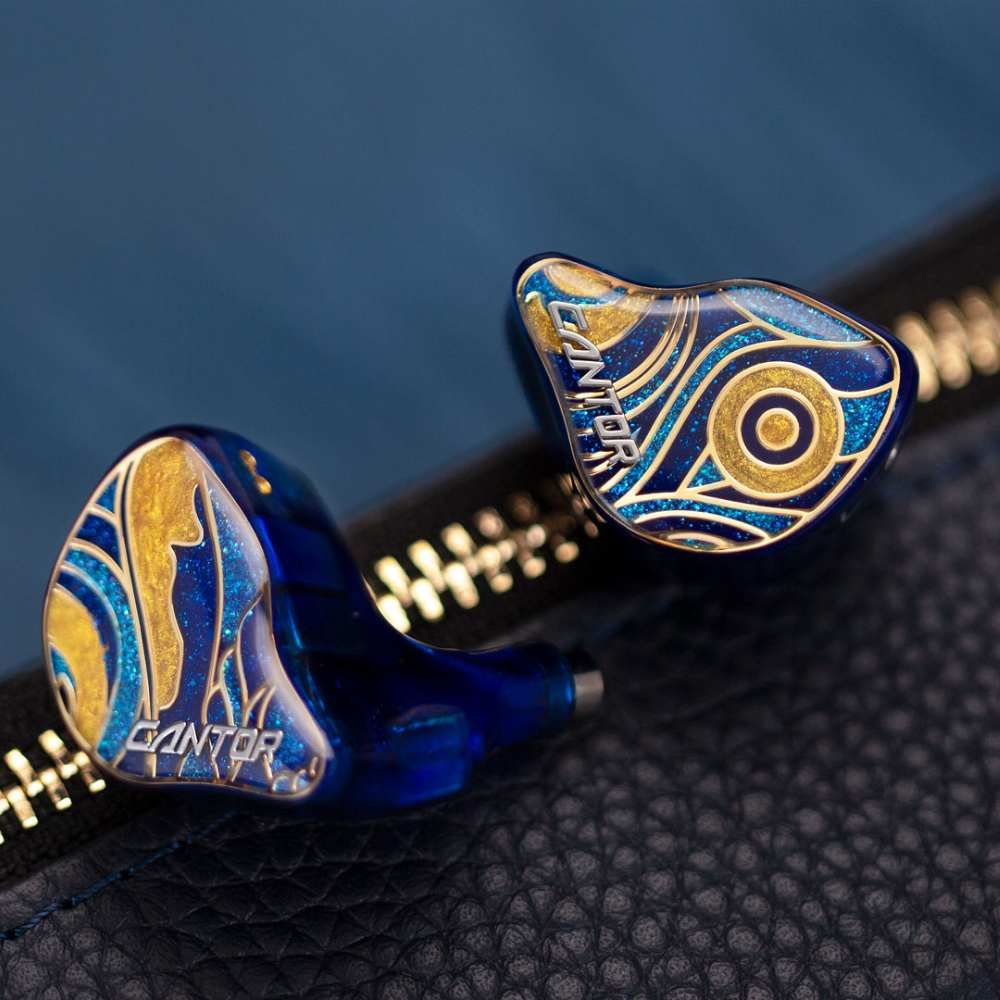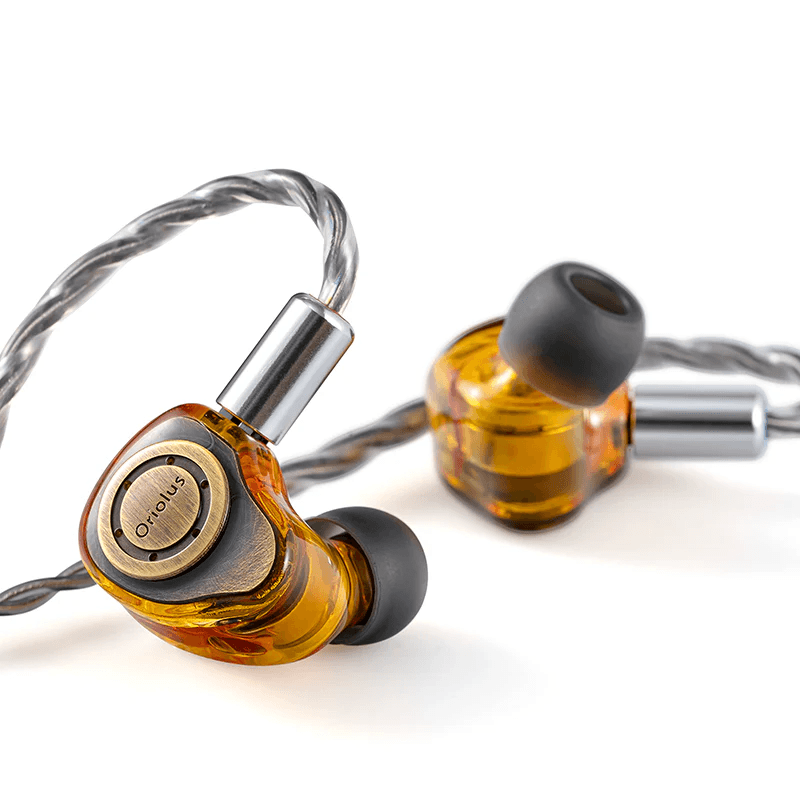Cantorvs.Isabellae
Sound & Specs Comparison
Information
Both IEMs are widely regarded in the audiophile community. See how they differ in terms of sub-bass response, upper mids, clarity, and overall tonality. Spider charts and rating breakdowns included.
Objective Comparison
Facts, details, stuff.
| General Info | Cantor | Isabellae |
|---|---|---|
| Brand | AFUL | Oriolus |
| Country | Taiwan | USA |
| IEM Description | The AFUL Cantor combines technical precision with musicality in a hybrid design. Featuring a dynamic driver for powerful bass and multiple balanced armatures for clean mids and sparkly highs, it delivers a spacious soundstage with excellent separation. Tuning leans slightly toward a balanced-bright signature, making it a solid choice for detail lovers who still want some low-end punch. | An emotive single‑dynamic‑driver IEM with warm mid‑bass and rich, forward mids—especially vocals—balanced by smooth treble and natural sub‑bass. Crafted in resin for comfort and refined tone. |
| Price Level | 500 – 1.000 | 500 – 1.000 |
| Housing & Driver | ||
|---|---|---|
| Driver Config | Multi-BA | Single Dyn. Driver |
| Driver Types | Balanced Armature | Dynamic Driver |
| Shell Material | – | 3D‑printed medical‑grade resin |
| Cable | 4Braid 5N OFC Cable | Silver‑plated OFC, 4.4 mm balanced termination |
| Technical | ||
|---|---|---|
| Freq Range | – | 10 Hz – 40 kHz |
| Impedance (Ω) | 20 | 30 |
| Sensitivity (dB) | 106 | 113 |
| Crossover | RLC Network Electronic Crossover | – |
| Platform Info | ||
|---|---|---|
| Comments | 2 | 0 |
| Visit Count | 142 | 62 |
| External Reviews | 1 | 0 |
Meta Ratings
// Nothing to compare yet.
Sound Characteristics
Cantor produces sub-bass that is m more textured and present in cinematic or bass-heavy tracks (8.5 vs 5.8). The low-end on It is n more controlled and rhythmic, offering better definition than Isabellae (9 vs 6.5). It translates bass vibrations into a a more visceral experience, while Isabellae lacks this tactile feedback (8.5 vs 6). It achieves s better warmth and coherence in the lower mids, bringing more realism to guitars and cellos (8.5 vs 6.5). In the upper mids, It sounds a clearer and more articulate, highlighting vocals and lead instruments better than Isabellae (8 vs 6.8). Instruments like violins and brass are portrayed with a more brilliance on It, while Isabellae sounds slightly dull (8 vs 6.5). The highest frequencies on It feel a more natural and less rolled-off compared to Isabellae (7.5 vs 7). It paints a a broader sonic landscape, offering better instrument positioning across the stage (8 vs 6.8). It extracts low-level details s more effectively, helping subtle nuances emerge clearer than on Isabellae (8.8 vs 6). It organizes musical elements a better across depth, enhancing spatial realism over Isabellae (8.3 vs 6.3). It keeps competing frequencies under control a more effectively, reducing sonic congestion compared to Isabellae (8 vs 5.5). It adds n more body and density to musical notes, enriching the overall texture compared to Isabellae (7.5 vs 6.5). It hits with s more authority during transients, creating a more explosive effect than Isabellae (8.5 vs 6). Listeners may experience overwhelmingly fewer sharp edges in 'S' and 'T' sounds with It, whereas Isabellae can get fatiguing (8.5 vs 3.3). It renders timbres with c better harmonic balance, preserving the character of instruments more accurately than Isabellae (7.5 vs 6.3). It achieves a better tonal neutrality, avoiding colorations present in Isabellae (8.8 vs 6.5). It renders texture m more precisely, making instrument surfaces and vocal grain more palpable than Isabellae (8 vs 6).
| Cantor | Isabellae | |
|---|---|---|
| Sub Bass | 8.5 | 5.8 |
| Bass | 9.0 | 6.5 |
| Bass Feel | 8.5 | 6.0 |
| Lower Mids | 8.5 | 6.5 |
| Upper Mids | 8.0 | 6.8 |
| Lower Treble | 8.0 | 6.5 |
| Upper Treble | 7.5 | 7.0 |
| Sound Stage Width | 8.0 | 6.8 |
| Detail | 8.8 | 6.0 |
| Layering | 8.3 | 6.3 |
| Masking | 8.0 | 5.5 |
| Note Weight | 7.5 | 6.5 |
| Slam | 8.5 | 6.0 |
| Sibilance | 8.5 | 3.3 |
| Timbre Color | 7.5 | 6.3 |
| Tonality | 8.8 | 6.5 |
| Texture | 8.0 | 6.0 |
Tonal Signature
// Nothing to compare yet.

